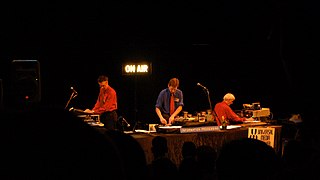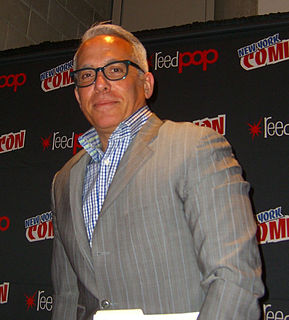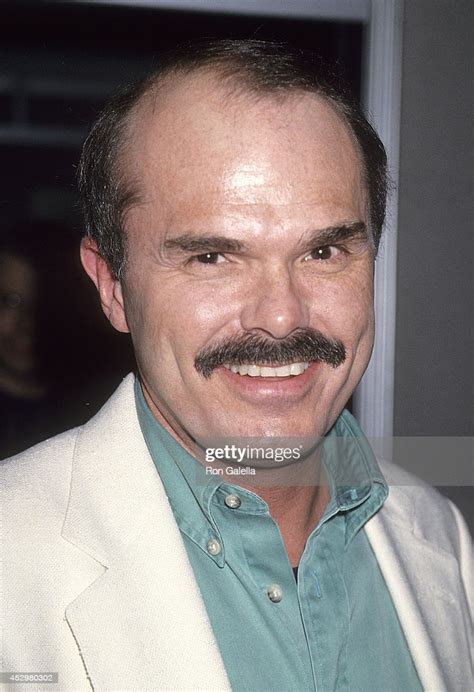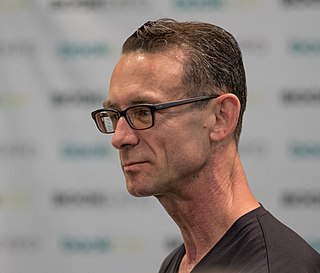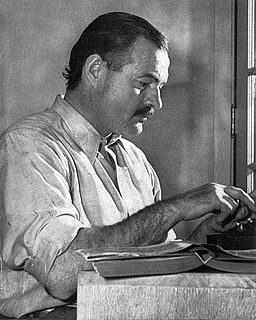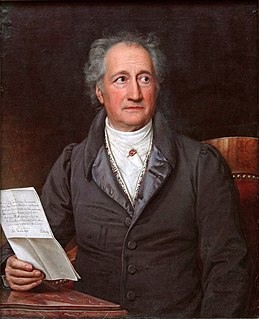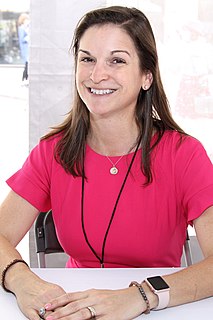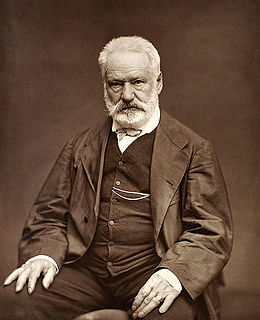A Quote by Lawrence Sanders
I get up at 7:30. I grab a canvas bag and go out. I say hello to the people in the supermarket and liquor store. I buy the 'New York Times.' I go to the beach and think about characters and plot.
Related Quotes
Advertising is not intended to brainwash you and make you go out and buy something; that's a real simple-minded way of criticizing it. I think advertising is just designed to make you familiar with this thing, so when you go to the store... Humans like to choose things that are familiar to them; it's just normal human behavior. So I think that when you go to the store, if your brain has been hit enough times with a certain product name, you're more likely, when you're thinking, "Which tennis shoe should I buy?," to say, "Ummm... Nike."
What we've witnessed in the past 25 or 30 years is just incredible. We've birthed 30,000 or 40,000 restaurants. I used to go to Europe every year to get experience [and ideas]. I don't go to Europe anymore. I go to Oregon, I go to Washington, I go to Louisiana, I go to Little Rock, I go to Austin, I travel New York City. I don't go to Europe anymore.
When a building is so complete within itself, I always think, "Why do I even have to go inside it?" I would love to do architecture that people can have a free hand in the making of it. We've done spaces where things are hinged and they can go out or in, but that's not freedom. That's supermarket freedom, or the notion that you can have anything you want as long as the supermarket carries it. We would love to do a space where you go inside and there's nothing there. You might have a seat and when you don't need it anymore you get up and it disappears.
The issues for journalism and journalists, we see obvious places where presentation is very different in a digital space from traditional print. If you go to a New York Times homepage, you cannot get to a story about the Ukraine without a click-off on a banner ad or a slide show. They're not alone in that - you think you're clicking on a video about a news event and you have a 30-second ad that you have to watch before you can get to it.

